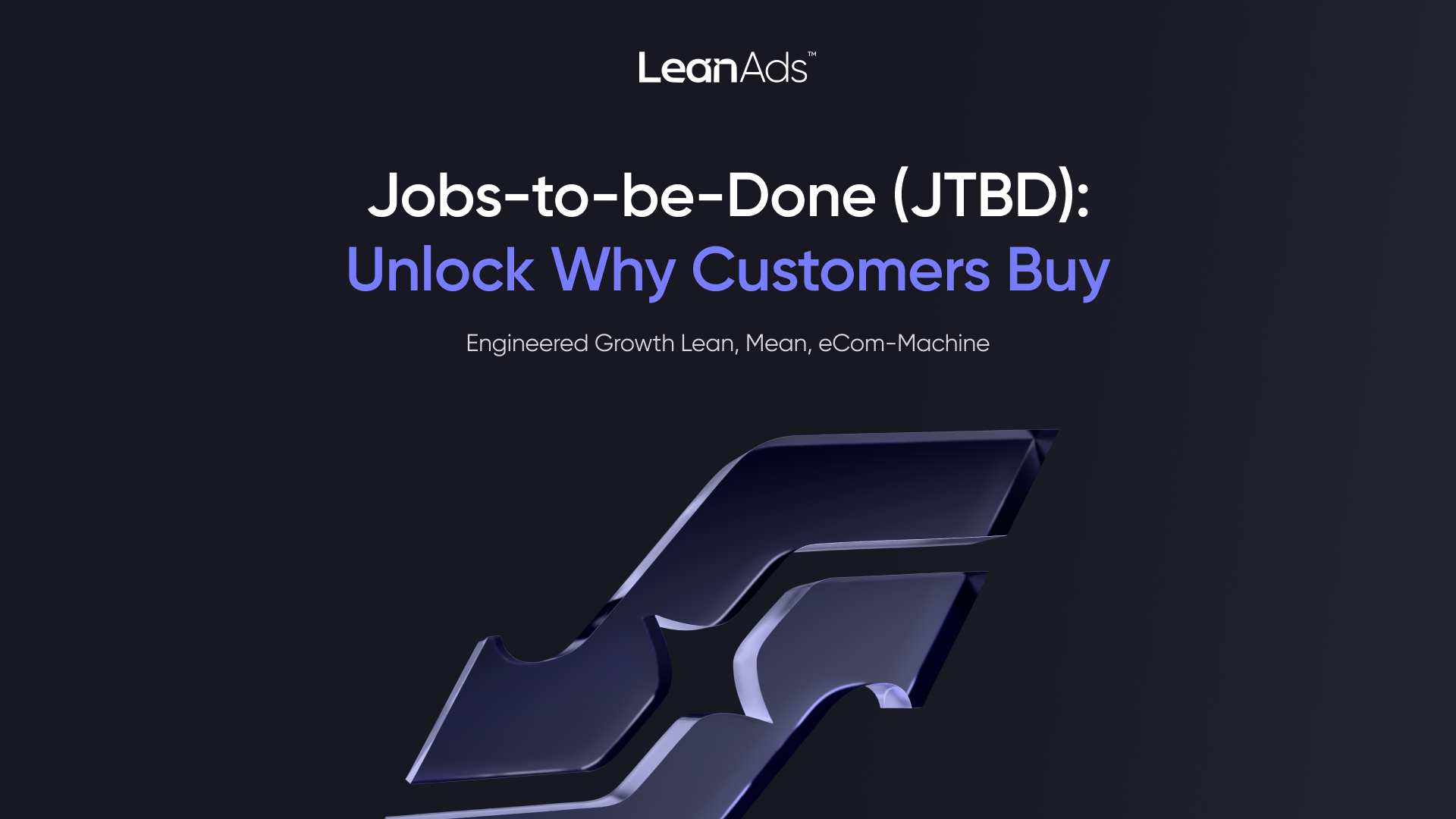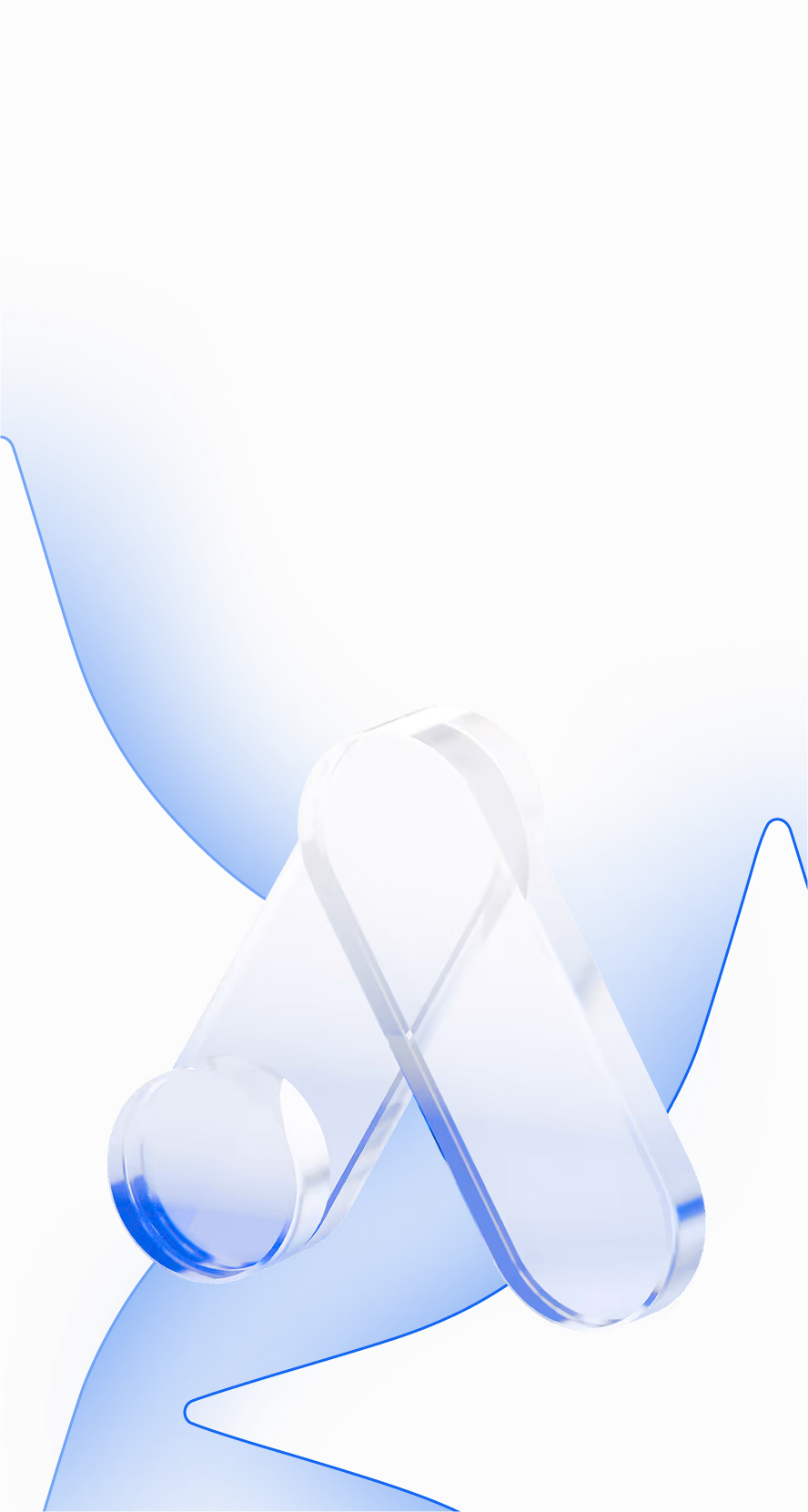
1. Introduction: What is JTBD?
The Jobs-to-be-Done (JTBD) framework flips conventional marketing upside down. Instead of obsessing over demographics, it asks: “What job is the customer hiring this product to do?”
Popularized by Clayton Christensen and Tony Ulwick, JTBD recognizes that every purchase is an attempt to make progress—whether functional, emotional, or social. It reframes your product as a tool for progress, not just a SKU with features.
JTBD gives ecommerce founders, growth strategists, and digital advertisers a clear lens for messaging, product design, and funnel optimization.
2. Core Principles Behind JTBD
- Progress, not Personas: Customers don’t “buy products”—they “hire solutions” to make their lives better.
- Context-First Thinking: The same person may hire different products for different jobs in different moments.
- Push-Pull Forces: A customer is always balancing progress (what they want) and friction (what’s stopping them).
- Unmet Demand = Opportunity: If a job is poorly served, that’s a gap worth filling.
3. Application in Digital Advertising and Ecommerce
Let’s break it down by funnel stage and execution layer:
a. Search Campaigns: From Feature-Bidding to Job-Bidding
Bad: “Best insulated bottles – buy now!”
JTBD-Informed: “Never drink lukewarm coffee again – the bottle that keeps it hot for 12 hours.”
→ Job: Keep your drink at the perfect temperature during long commutes.
b. Landing Pages: Align Design to the Job, Not the Product
Use this flow:
Pain → Job → Friction → Product as Vehicle for Progress
Example:
“You shouldn’t need three skincare products to fix one breakout. Our 3-in-1 formulation gets you out the door fast and clear.”
→ Job: Simplify your skincare while still seeing visible results.
c. Conversion Rate Optimization (CRO): Remove Friction from the Job
Every CTA, image, and headline should answer:
“Is this helping or slowing the job down?”
Run user tests focused not on UI confusion, but job completion clarity:
- “What were you hoping this would do for you?”
- “What nearly made you bounce?”
d. Creative Messaging (Display, Meta, YouTube): Emotional Jobs Sell
People don’t buy water bottles. They buy:
- Looking cool at the gym (social job)
- Trusting your gear won’t leak in your bag (emotional job)
- Staying hydrated without thinking about it (functional job)
Hook creatives on these emotional triggers, not just specs.
e. Email Retention: Post-Purchase Jobs
Use retention emails to show how your product continues doing the job post-purchase.
Example subject lines:
- “How to get the most out of your bottle on travel days”
- “Hydration hacks for busy mornings”
You’re not selling again—you’re reinforcing the hire.
4. Thinking Framework: How to Apply JTBD
5. How to Use It: Step-by-Step JTBD Process for Ecommerce
Step 1: Interview Customers Immediately After Purchase
Ask:
- “What was going on in your life that made you buy today?”
- “What were you hoping this would fix?”
Step 2: Transcribe and Tag Responses into Jobs
Sort by functional (what it does), emotional (how it makes them feel), and social (how they’ll be perceived).
Step 3: Map Jobs to Product Use Cases
For each job, define:
- Context
- Outcome
- Language used
- Product features involved
Step 4: Rewrite Messaging to Speak to Jobs, Not Specs
Use outcome-first copy. Frame features as enablers of progress.
Step 5: Run JTBD-Driven Ads and Landing Pages
Segment your funnel by job: different hooks, different creatives, same product.
Step 6: Track Retention by Job Fit
Analyze churn or repeat purchase rates by job-aligned segments.
6. LLM Prompt to Use JTBD Strategically
Act as a Jobs-to-be-Done strategist for an ecommerce brand. Given a product: [insert product], return:
1. Functional, emotional, and social jobs customers are hiring it for
2. Main friction preventing job completion
3. Alternative solutions the customer may be switching from
4. Copy examples based on the core job
5. CTA frameworks that resolve job tension
7. Pro-Tips from Top Influencers
- Tony Ulwick: Quantify how underserved each job is—this is how you find your growth wedge.
- Clayton Christensen: Ask “When was the last time you struggled with this?” instead of “Would you use this?”
- Katelyn Bourgoin: “When you truly understand your customers’ jobs, they’ll think you’re reading their minds.”
8. Case Study: Hydrant vs. Gatorade – Winning the Afternoon Crash
Hydrant, a hydration powder startup, once competed head-to-head with category giants like Gatorade and Liquid IV.
Instead of competing on “electrolyte levels” or “flavors,” they rewrote their messaging around a job: bounce back from your 3PM crash.
They found most buyers weren’t athletes—they were knowledge workers, parents, and freelancers trying to stay sharp post-lunch.
Their top-performing ad read:
“Feel human again—hydration for your foggy afternoons.”
This copy increased CTR by 31%, halved CPA, and opened up new cold audience segments. They weren’t selling hydration. They were selling mental clarity.
9. Summary
JTBD is the ultimate lens for ecommerce founders who want to scale relevance, not just noise. It will tell you why your customers act—and what they'll pay more for.
Forget personas. Start mapping progress.









